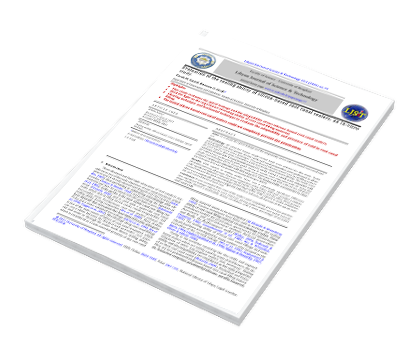Evaluation of the sealing ability of silicon-based root canal sealers; an In-vitro study.
DOI:
https://doi.org/10.37376/ljst.v13i1.2280Keywords:
Sealing ability, silicon-based, micro leakage, apical leakage.Abstract
Aims: To evaluate the apical leakage and the adaptability of two silicone-based root canal seal-ers.
Methodology: 60 extracted human single-rooted teeth were selected for this study. Teeth were grouped into four groups. Access cavity and canal preparation were performed in all se-lected teeth by crown down technique. Two polyvinyl siloxane-based root canal filling materi-als were used in this study (GuttaFlow [GF] and Roeko-Seal Automix [RSA]). The teeth were randomly divided into 4 experimental groups (15 each): Group I: canals were obturated with GF without any gutta-percha [GP] point. Group II: canals were obturated with GF using the single cone technique (SCT). Group III: canals were obturated with RSA without any GB point. Group IV: canals were obturated with RSA using SCT. The Sealing ability was assessed by clear-ing technique [CT] and horizontal sectioning technique [HST].
Results; With regards to sealing ability, there was a statistically significant difference (P=0.001) between all groups. Pairwise comparison using Tukey HSD test revealed a statisti-cally significant difference between group III (4290.72+1368.21) and the other three groups. Group II showed the least microleakage (2309.18+976.82). With regards to sealer adaptation, there was a statistically significant (P<0.05) difference between all 4 groups at the apical, mid-dle, and coronal thirds of each root.
Conclusion: It was concluded that; none of the sealers used completely prevent dye penetra-tion, significant leakage differences were observed among sealers tested and apical microle-akage results showed a moderately strong correlation with a mean percentage of uncoated root canal walls.
Downloads










 LJST Copy rights form
LJST Copy rights form


